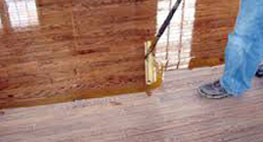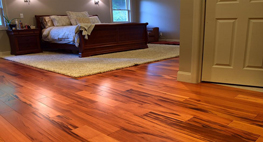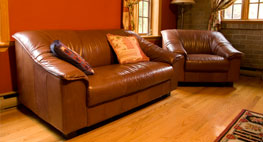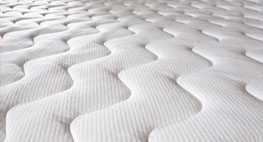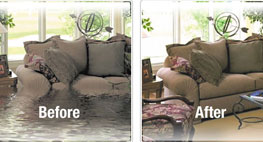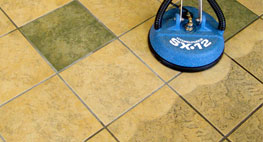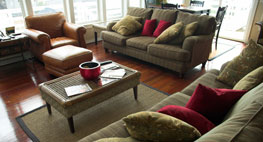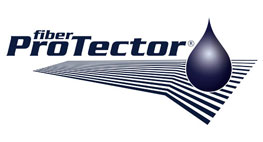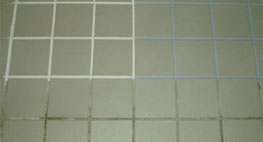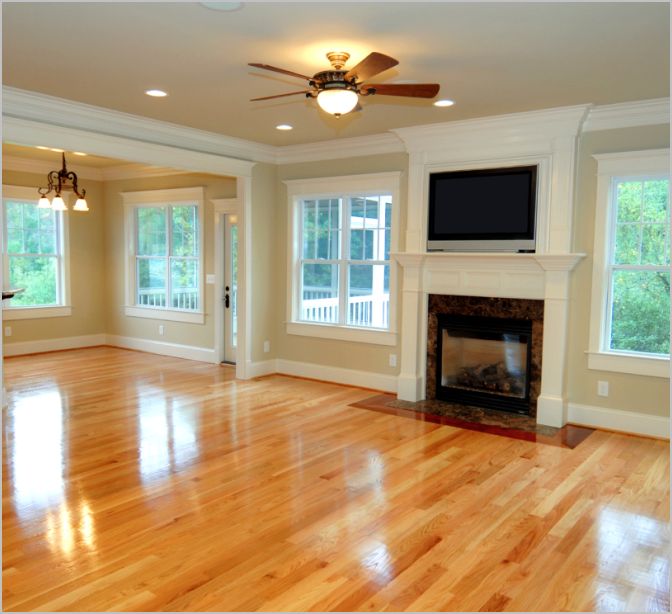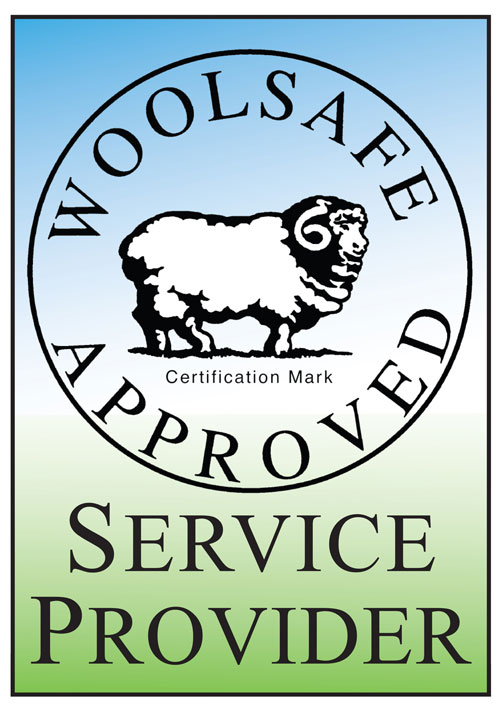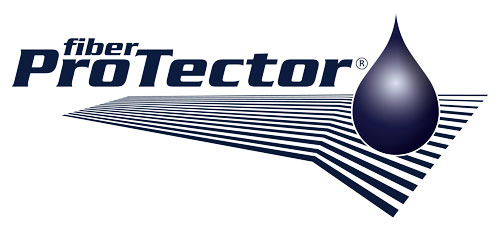- Flooring Tips
- 08.09.2018
5 Steps To Prevent Mold
Five Steps to Prevent Mold Growth after a Catastrophic Flood
The leading natural disaster in the U.S., floods can wreak havoc on a home or building that lasts long after waters recede. Over the past five years, the average paid flood insurance claim was more than $35,000, according to the National Flood Insurance Program (NFIP). From damaged personal items to the growth of mold spores that can impact the health of a home and its inhabitants, taking the proper steps to restore a property after a flood can limit the extent of the damage incurred.
With guidance from the Institute of Inspection Cleaning Restoration and Certification (IICRC) and the Healthy House Institute (HHI), Albemarle Carpet Cleaning shares the following five steps for preventing mold growth after a catastrophic flood:
Step One: Check it out!
- Once a building is flooded from a river, lake, stream, hurricane or rainstorm, inspecting and documenting damage is very important for several reasons, including insurance and tax purposes. Electrical, gas, structural and other safety hazards present must be eliminated “before” assessing physical damage to the building and contents.
- Once health and safety hazards have been eliminated, inspect the building and all contents. Generally, the rule of thumb is that everything below the water line gets thrown out. Building materials and contents above the water line should be inspected for discoloration, odor and damage.
Step Two: Get it out!
- Extract standing water with a pump or wet vacuum from slabs, basements, crawlspaces, heating systems and anywhere water could be sitting. Shovel or flush out remaining silt and sand with water.
- Next, remove all wallboard material (e.g., plaster, drywall, paneling), finished flooring (e.g., carpet, hardwood, vinyl flooring), insulation and any other wet materials that are below the water line.
- Remove contents damaged by floodwater. Keep a record of your activities before, during and after cleanup. Take photo or video recording inventory of discarded material.
Step Three: Clean it up!
- Start with vacuuming as much loose debris and soil as possible. It is preferable to use a HEPA vacuum, but a simple wet/dry vacuum can work. When using a wet/dry vacuum, attach a hose to the exhaust and vent the exhaust air to the outside. This keeps dust, spores and other fine particles from being suspended in the air and settling back on clean surfaces.
- Clean framing with a pressure washer or low-pressure flushing. Scrub framing with a mild detergent (e.g. dish soap) to remove embedded soils. Wipe all adjacent surfaces with a mild detergent. Rinse by low-pressure flushing or wiping with clean water. Vacuum all remaining moisture using a wet/dry vacuum.
- If mold is visible and remains after cleaning, additional scrubbing or multiple rounds of cleaning may be necessary. If significant mold growth is present, or if occupants have immune deficiencies, are elderly, pregnant, or if there are young children present, an IICRC* Certified restorer should be contacted. To find a local IICRC Certified Firm, go to www.iicrc.org or call (360) 693-5675.
- After all surfaces are clean, wipe surfaces with a sanitizer such as a solution of up to ¼ cup of bleach to one gallon of water. After 20 minutes, wipe surfaces using clean water. This step helps neutralize remaining or embedded contaminants.
- For those with chemical sensitivities, perform multiple rounds of cleaning as an alternative to using bleach.
Step Four: Dry it out – quickly!
- Mold spores are everywhere, and it is impossible to remove all spores and potential contaminants. All spores need to grow is moisture. To inhibit future mold growth, dry affected areas as quickly as possible, preferably within 24 to 48 hours from the completion of cleaning and sanitizing.
- The key is directing warm, dry air across wet surfaces. This directed airflow should be exhausted outside or collected using dehumidification equipment. Take care to not spread contaminants. Properly directing airflow may require putting up barriers or containing the affected areas to prevent the spread of contaminants to unaffected areas.
- Drying a wet building correctly is an art as well as a science. IICRC trained and certified experts know how to use state-of-the-art moisture detection and monitoring equipment that identifies hidden moisture in building materials, ventilation systems, flooring and walls. Certified restorers also understand and use the equipment necessary to dry buildings, while preventing the spread of contaminants.
- In a community-wide flood, the availability of power and rental equipment to complete structural drying can be a challenge. If drying cannot be properly initiated, contact an IICRC Certified Firm.
Step Five: Keep it dry
- The cardinal rule for preventing mold growth is to keep surfaces dry. Strive to ensure your home stays dry and you will be following industry best practices for preventing mold growth and protecting the health of others in your home. It’s also a way to protect the investment of your home, since excess mold growth and moisture will damage the structure. Try to keep indoor humidity below 50 percent using air conditioning or a dehumidifier.
- Tip: Use a water-sensing alarm (battery-operated) in moisture-prone areas such as next to the washer, hot water heater, in the basement and other possible wet zones, so you are alerted to the accumulation of excess moisture.
No one wants to experience the devastation of a flood, but by keeping mold outside where it belongs, you can limit its impact on the health of your family and home.




